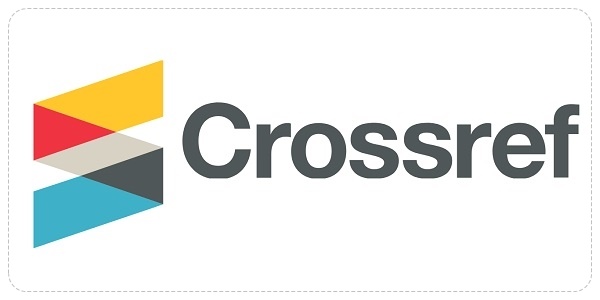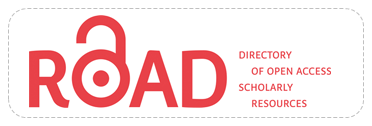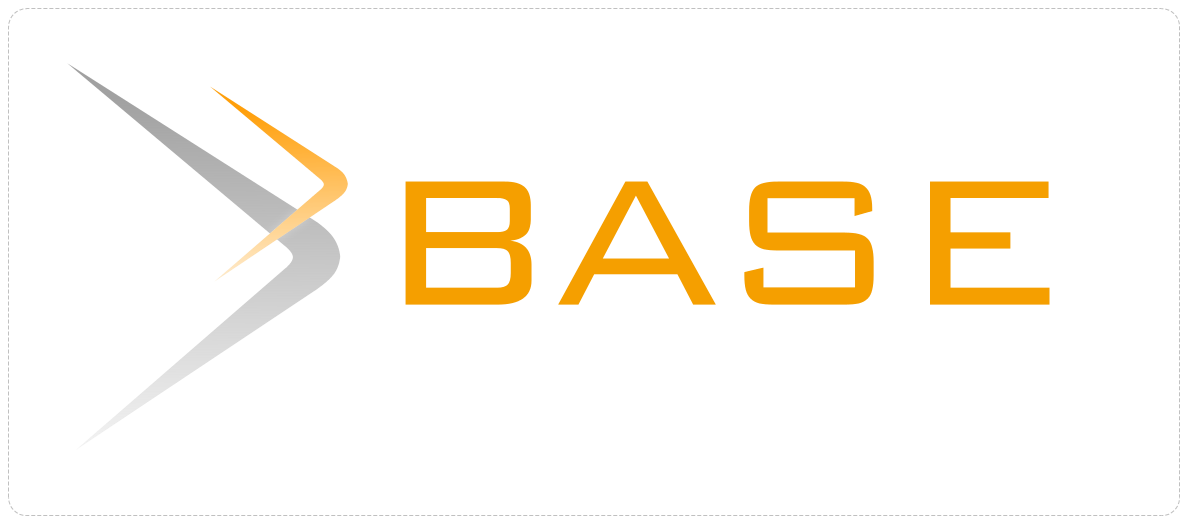IMPLEMENTASI OPEN ENDED PROBLEM DALAM MATA KULIAH STATISTIK UNTUK MENINGKATKAN KEMAMPUAN PEMECAHAN MASALAH PADA MAHASISWA MANAJEMEN FOOD AND BAVERAGE SEKOLAH TINGGI PARIWISATA TRIATMA JAYA
Abstract
Keywords
Full Text:
PDF (Bahasa Indonesia)References
Ariani, D. (2014). Pengaruh Implementasi Open-Ended Problem Dalam Pembelajaran Matematika Terhadap Kemampuan Pemecahan Masalah dengan Pengendalian Kemampuan Penalaran Abstrak. Jurnal Penelitian dan Evaluasi Pendidikan Universitas Pendidikan Ganesha. Volume 4, Nomor 1.
Arthur, L. B. (2008). Problem Solving. U.S.: Wikimedia Foundation, Inc. Tersedia pada: http://en.wikipedia.org/wiki/Problem_Solving diakses tanggal 20 Mei 2017.
Bingolbali, E. (2011). Multiple Solutions to Problems in Mathematics Teaching: Do Teachers Really Value Them?. Australian Journal of Teacher Education: Vol. 36: Iss. 1, Article 2.
Foshay, R. & Kirkley, J. (2003). Principles for Teaching Problem Solving. Tersedia: www.plato.com/downloads/papers/paper_04.pdf diakses tanggal 15 Mei 2017.
Hino, K. (2007). Toward the problem-centered classroom: trends in mathematical problem solving in Japan. Tersedia pada: http://cimm.ucr.ac.cr/ciaemIngles/articulos/universitario/conocimiento/Toward%20the%20problemcentered%20classroom:%20trends%20in%20mathematical%20problem%20solving%20in%20Japan*Hino,%20Keiko%20*Keiko%20Hino.pdf diakses tanggal 15 Mei 2017.
Lambertus, dkk. (2013). Penerapan Pendekatan Open-Ended Uuntuk Meningkatkan Kemampuan Berpikir Kreatif Matematik Siswa SMP. Jurnal Pendidikan Matematika Universitas Halouleo, Volume 4, Nomor 1.
Matlin, M. W. (2003). Cognition. Fifth Edition. Rosewood Drive, Danvers, MA: John Wiley & Sons, Inc.
Mudjiman, H. (2007). Manajemen Pelatihan Berbasis Belajar Mandiri. Yogyakarta: Pustaka Pelajar.
Murni. (2013). Open-Ended Approach in Learning to Improve Students Thinking Skills in Banda Aceh.International Jurnal of Independent Research and studies-IJIRS. Vol. 2, No. 2 (April, 2013) 95-101.
National Council of Teachers of Mathematics. (2000). Principles and Standards for School Mathematics . Reston, VA: NCTM
Nohda, N. (2000). A study of "open-approach" method in school mathematics teaching -focusing on mathematical problem solving activities. Tersedia pada: http://www.nku.edu/~sheffield/nohda.html. diakses tanggal 15 Mei 2017.
Pehkonen. (1999). Open-Ended Problems: A method for an educational change. Paper presented at the International Symposium on Elementary Maths Teaching (SEMT 99). Prague: Charles University.
Prabawanto, S. (2011). Pengembangan Instrumen Tes Pemecahan Masalah Matematis Siswa Sekolah Menengah Pertama. Paper. UPI Bandung. Tidak diterbitkan.
-------. (2013). “Meningkatkan Kemampuan Pemecahan Masalah, Komunikasi, dan Self-Effacy Matematis Mahasiswa Melalui Pembelajaran Dengan Pendekatan Metacogniteve Scaffolding”. Disertasi. UPI bandung. Tidak diterbitkan.
Saad, N. G. S & Rajendran N.S (2005). The Sources of Pedagogical Content Knowledge (PCK) Used by Mathematics Teacher During Instructions: A Case Study. Departement of Mathematics. Universiti Pendidikan Sultan Idris.
Santyasa. I. W. (2005). Model Pembelajaran Inovatif Dalam Implementasi Kurikulum. Tersedia pada: http://www.freewebs.com diakses pada tanggal 5 Mei 2016.
Slameto. (2003). Belajar dan Faktor-faktor yang Mempengaruhinya. Jakarta: Rineka Cipta.
Strong, S. G. (2009). How do students experience open-ended math problem? Soutern, CA: High Tech High Graduate School of Education.
Suherman, E. (2003). Evaluasi Pembelajaran Matematika. Bandung: JICA UPI.
Sumarmo, U. (2000). Pengembangan Model Pembelajaran Matematika untuk Meningkatkan Kemampuan Intelektual Tingkat Tinggi Siswa Sekolah Dasar. Laporan Hibah Bersaing. Bandung: FPMIPA IKIP Bandung.
Suparno, P. (1997). Filsafat Konstruktivisme dalam Pendidikan. Yogyakarta: Kanisius.
Usman. (2014). Aktivitas Metakognisi Mahasiswa Calon Guru Matematika dalam Pemecahan Masalah Terbuka. Jurnal Didaktik Matematika. 1(2) 21-29.
Vivi, N. K dan Idris, H. (2015). Pengaruh Open-Ended terhadap Prestasi Belajar, Berpikir Kritis dan Kepercayaan Diri Siswa SMP. Jurnal Pendidikan Matematika. Volume 10, Nomor 1.
Wardhani, S., dkk. (2010). Pembelajaran Kemampuan Pemecahan Ma
Winarni, E. S & Harmini, S. (2011). Matematika untuk PGSD. Bandung: PT Remaja Rosdakarya.salah Matematika Di SMP. Yogyakarta: PPPPTK.
DOI: https://doi.org/10.17509/pedagogia.v15i2.8091
Refbacks
- There are currently no refbacks.
INDEXED BY

This work is licensed under a Creative Commons Attribution-ShareAlike 4.0 International License















